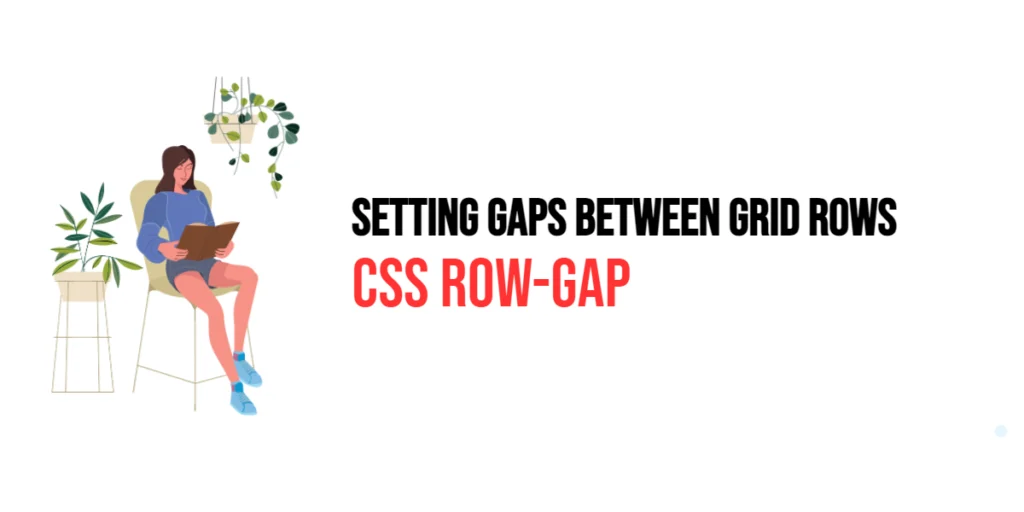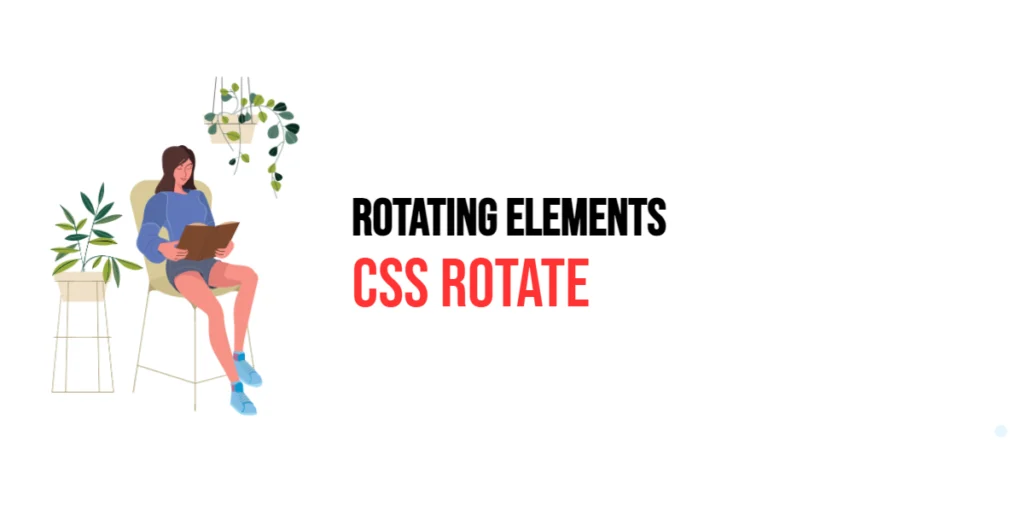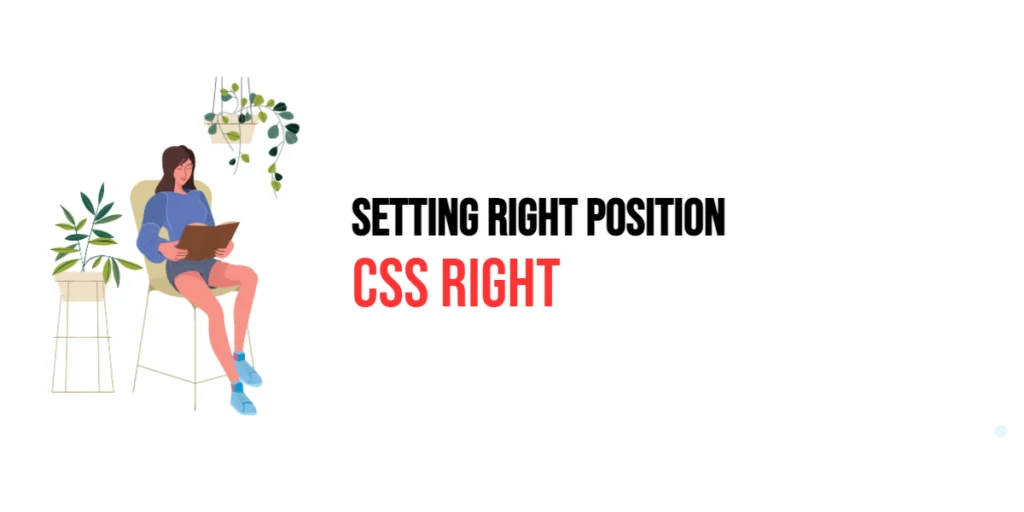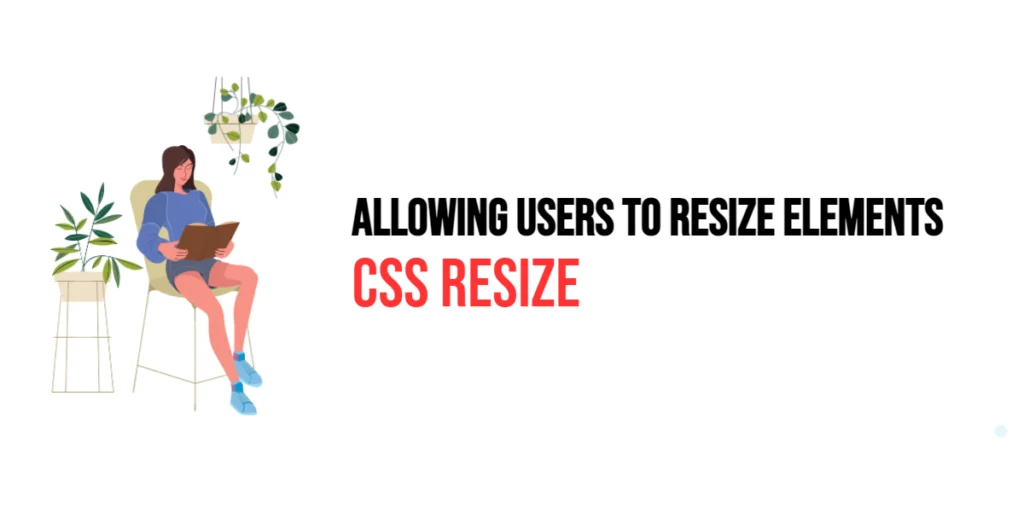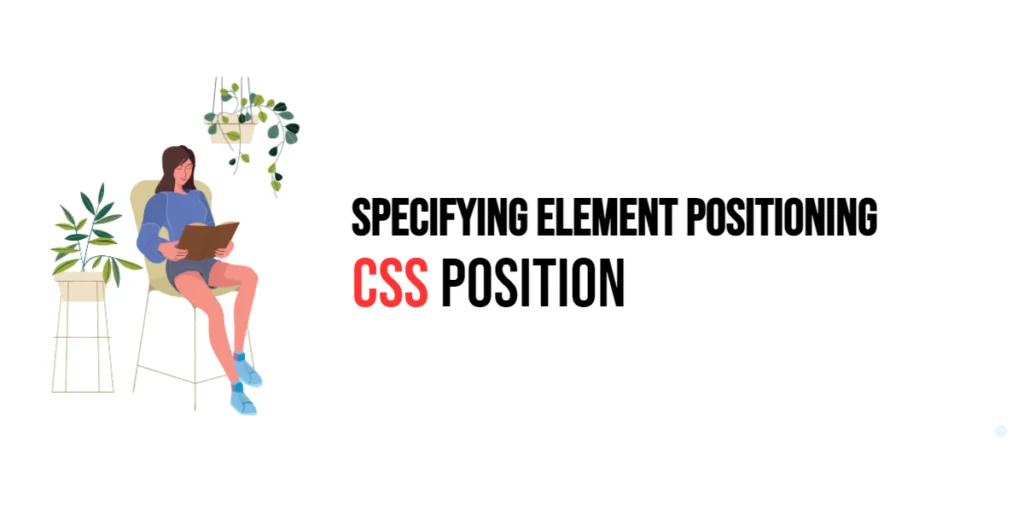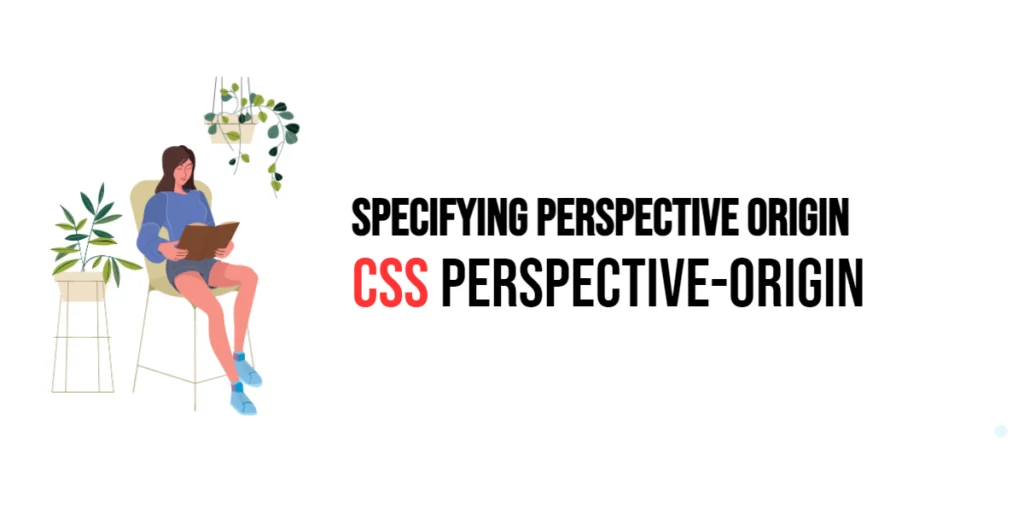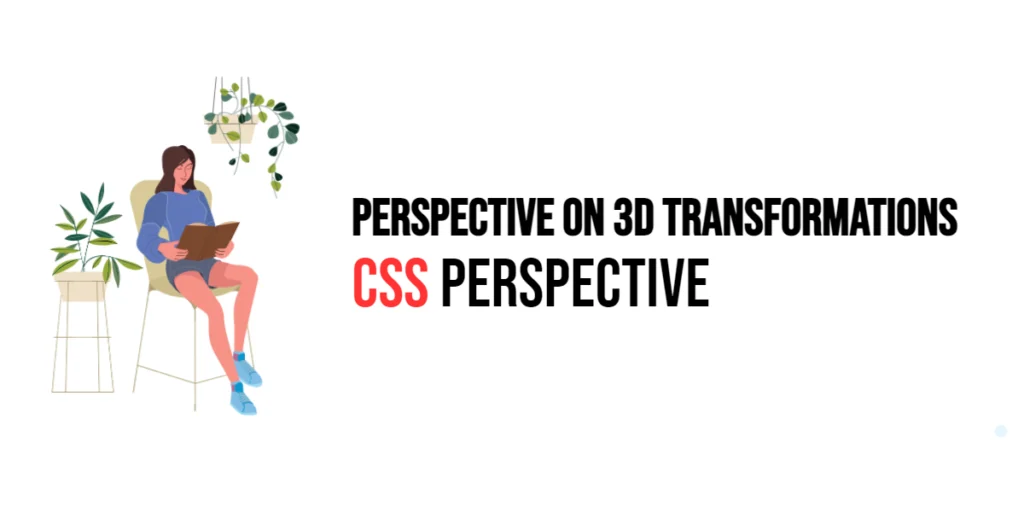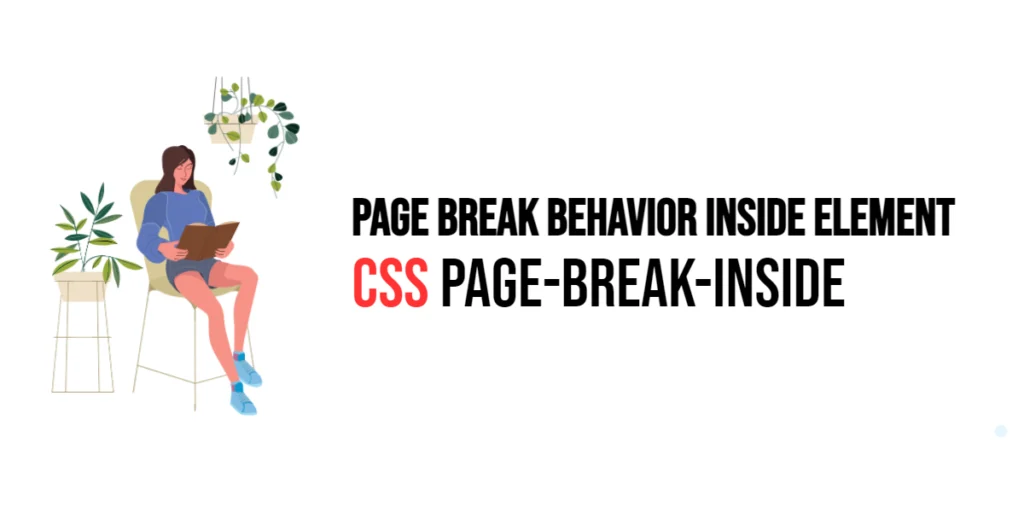CSS: Row-Gap – Setting Gaps Between Grid Rows
The row-gap property in CSS is used to specify the gap (or gutter) between rows in a grid layout. This property is part of the CSS Grid Layout module, which provides a powerful and flexible way to create complex web layouts. By using the row-gap property, developers can control the spacing between rows, making the […]
CSS: Row-Gap – Setting Gaps Between Grid Rows Read More »
